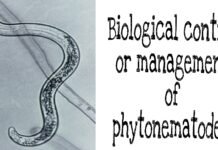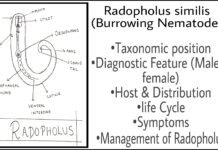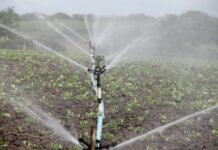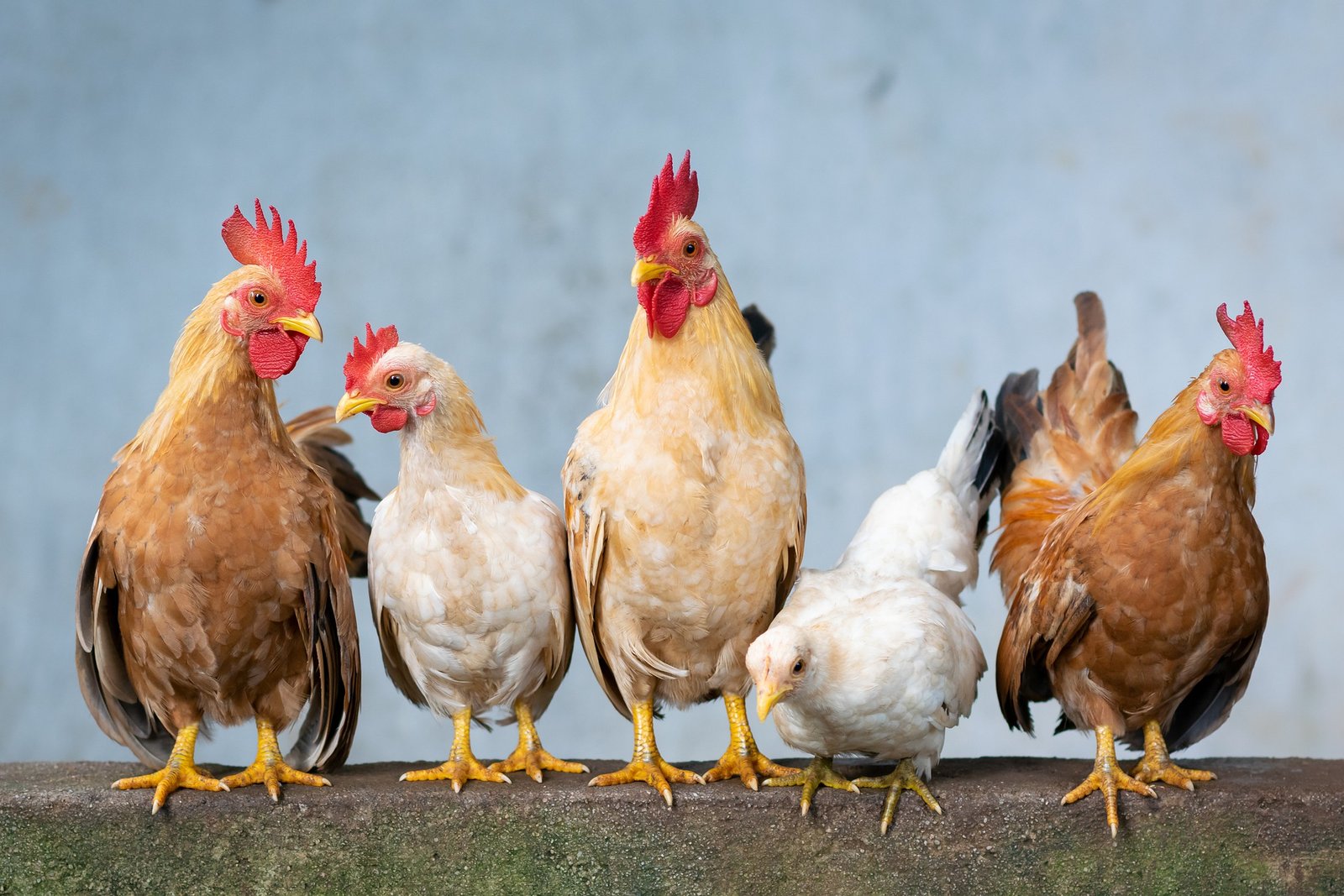The phytonematodes even though are niche specific but the effect of pathogenesis may damage while crop/plant or special parts. So the symptology due to phytonematodes attack studied under two categories.
- Upper ground symptology
- Lower ground symptology
Upper Ground Symptology:-
Stunting:- Patchy appearance of whole crop due to overburden and uneven distribution of phytonematodes in affected field.
Die-back:- Due to infections of phytonematode, leaves, fruits, and apex of skin shedding gradually and ultimate result in death.
Yellowing:- Distorted translocation of minerals, water, and food material.
Curling or crinkling of leaves:- Due to infection of anguina. loss of productivity is reported due to a decline in photosynthesis.
Gall formation:-Formation of cockle/wrinkled seed, rather than normal seed in infected earhead. Deformed seeds used as feed for fowl or cocks so called cockle seed.
Necrosis:- At the time of first infection lesions are very small. These smaller parts are later used by pathogens as microhabitat so, which leads to secondary infections.
Read More:- Pratylenchus penetrans (lesion Nematode) Click Here
Under Ground Symptology:-
Formation of Root Gall:- The replacement of standard leg-paemoglobin of root nodules.
Formation of Root knots:- Formation of a cyst due to specialized phytonematodes attack (eg- root-knot and cyst nematodes) results in a poor supply of the nutritive substance.
Profused Rooting:- Superficial root formation due to attack of photonema.
Swelling of Plumule:- In early germination stages nematode infection causes swelling of plumule hence altering proper germination of seed.
Root Modifiers:- This is due to biological changes in the cell sap.















